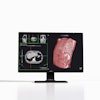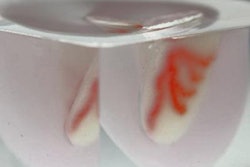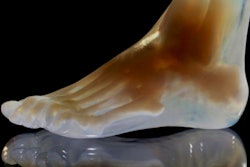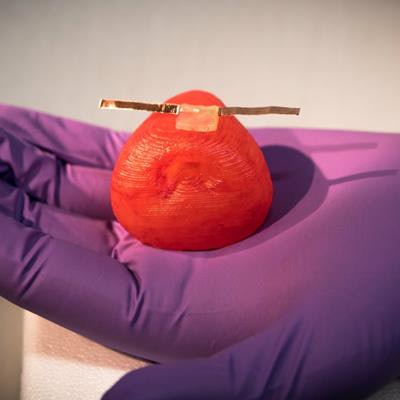
Researchers from Minnesota have used a 3D printer to generate patient-specific prostate models that offer the dimensions and physical properties of a real prostate while also mimicking its tactile sensation and pliability, according to an article published online December 6 in Advanced Materials Technologies.
Surgeons have been using 3D-printed models in recent years to simulate procedures and thus improve technical precision. The unrealistic texture of plastic organ models, however, often limits their use to presurgical planning.
On the other hand, a 3D-printed model with the same softness and elasticity of a real prostate gives physicians the opportunity to practice surgical techniques such as probing, cutting, and stitching, according to senior author Michael McAlpine, PhD, from the University of Minnesota and colleagues. Practicing on realistic models can help improve the precision of surgeries and lower the chance of healthy tissue being harmed.
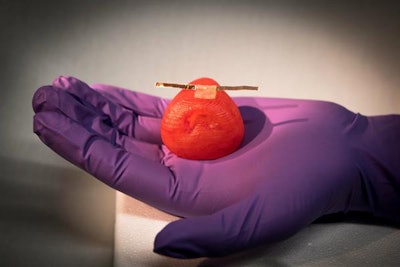 3D-printed prostate with the texture and elasticity of a real prostate. Image courtesy of Michael McAlpine, PhD.
3D-printed prostate with the texture and elasticity of a real prostate. Image courtesy of Michael McAlpine, PhD."3D-printed organs are nothing new; however, while anatomically correct, they are typically made of hard plastic," McAlpine said. "You can't cut into or suture hard plastic."
The researchers built their own 3D printer and developed silicone-based polymer inks designed to imitate the mechanical properties of actual prostate tissue. By 3D printing MR images of a prostate with this customized ink, they were able to create a prostate model with the same tactile sensation, pliability, and texture as a real prostate.
What's more, they inserted 3D-printed sensors into the model that provide live feedback to surgeons as they practice. Quantifying the pressure with sensors informs surgeons as to when they may be applying enough pressure to harm the tissue.
"This quantitative, real-time feedback could change how surgeons think about the personalized medicine and preoperative practice," said lead author Kaiyan Qiu, PhD.
Eventually, physicians may be able to use this 3D printing technique to create more complicated organ models involving a variety of customized inks based on different types of tissue, McAlpine said. This includes 3D-printed models of organs from cancer patients.
"I think of this as the 'Human X' project," he said. "If we could replicate the function of these tissues and organs, we might someday even be able to create 'bionic organs' for transplants."
